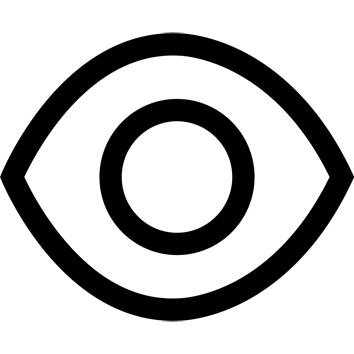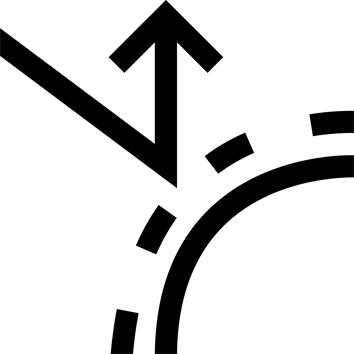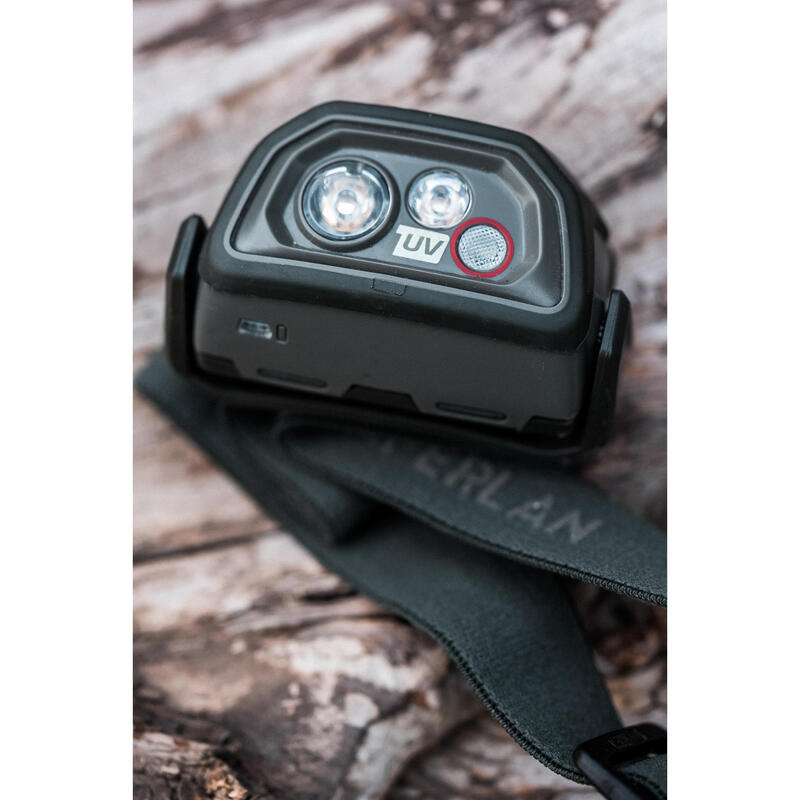6 LIGHTING MODES
- Red light / 25h / Range 4m
- Moon light UV / 80 lms / 3h45 / Range 4m
- Discretion / 25 lms / 20h / Range 20m
- Ambiance / 80 lms / 8h / Range 40m
- Optimal / 200 lms / 2h30 / Range 60m
- Boost / 400 lms / Range 105m / lights up intensively for 10 seconds before switching back to Optimal mode.
FEATURES
- Detachable, micro usb rechargeable battery
- Additional batteries sold on Decathlon (reference: 8563464).
- Resistance: IPX7 standards, withstands immersion in water for 30min
- OFF button with continuous pressing of the + or - buttons
- Integrated radiator to stabilize the heat emitted by the light beam. No hot effect on the forehead.
- LED lighting. LEDs are highly shock-resistant.
THE LITTLE EXTRAS
1. The Boost mode provides 10 seconds of light at 400 lumens.
Provides powerful illumination of your fishing area to help you find your way around and find your spot on the bank.
2. Additional batteries are available on the DECATHLON website for more autonomy. The battery compartment can also accommodate AA batteries.
3. Red light mode keeps vision night
4. Headband is detachable and washable
5. Lamp swivels up and down
MOON CONCEPT UV: better visibility at night
Certain parts of our products (luggage, landing nets, rod tips, etc.) are impregnated with UV pigments that fluoresce thanks to the UV lighting of our headlamp.
This ingenious system offers better visibility of your equipment at night => Try it and you'll love it!
Understand lamp wattage.
Wattage is one of the first selection criteria. It is expressed in lumens.
It defines the level of brightness projected in all directions by a lamp. The higher the value, the brighter the lamp.
Depending on the sport, the need is different:
- Camping: 100 lumens
- Running or hiking: between 100 and 200 lumens
- Caving or night fishing: over 200 lumens.
The higher the wattage, the lower the autonomy.
How does RED LIGHT preserve the vision nightlife?
The human eye can see even when light levels are very low, at night for example. After half an hour, the eye's vision adaptation is at its maximum at vision night.
Our eyes contain a chemical substance that is less sensitive to the spectrum of red light. As a result, while white light can instantly eliminate the eye's ability to adapt to vision nocturnal light, red light retains it.









